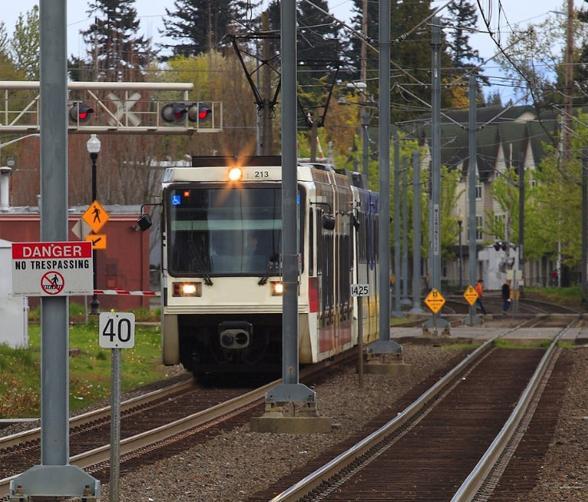-
 Find in Members
Find in Members Find in Videos
Find in Videos Find in Channels
Find in Channels
This website uses cookies to ensure you get the best experience on our website.
To learn more about our privacy policy Click herePrivacy Preference
- Tags - #transit signal priority
-
- Last updated October 28, 2022 0 comments, 245 views, 0 likes
- McLeansboro - Get Directions
More from emtrac systems
More in Politics
Related Blogs
How does AI Based Transit Signal Priority help buses in Silicon Valley?
Body
The Transportation Department is one of the most critical functions where modern AI provides a significant benefit over established algorithms employed in standard transit system technology.
AI can simplify traffic flow and lower jams/congestion on the busiest roadways and long passages. Intelligent traffic light systems and the cloud technology platforms they use to manage and predict traffic more effectively are designed to help save money and create more possibilities for cities and people. AI and machine learning today can sometimes generate very high and complex data and traffic trends and suggest the optimal routing for drivers based on specific traffic conditions, but the new decentralized-focused system helps increase machine learning and AI execution.
AI is already creating an influence on transit systems by using a cloud-based transit signal priority (TSP) system that uses pre-existing bus-fleet tracking sensors and city communication networks to adjust the timing of traffic signals statically. This way, it minimizes green clearance time for buses while impacting cross-traffic.
As the new platform supports pre-existing infrastructure, it requires no extra hardware installations inside traffic signal cabinets or buses. So, without TSP, buses stop at traffic signals and take 70% of the time, whereas with TSP installed at crucial traffic intersections, buses spend less time idling and help riders to reach their destinations faster and more efficiently.
The cloud-based transit signal priority system produces a system that can provide services ultimately by incorporating asset management and automation. Unlike hardware-based systems, this setup uses pre-existing equipment to simplify operations and leverages cloud technology.
The system provides real-time insights with the help of which the buses receive priority daily, along with day-to-day reports of performance metrics. The advanced transit signal priority systems are divided into two parts,
(i) a unit in the traffic cabinet and
(ii) a unit placed on the vehicle. Though the transit priority logic is similar, the detection and communication mediums are.
Each city requires just one device. A computer resides at the "edge" and builds a protective link between city traffic signals and the platform to enable safe and secure connections with traffic signals. The concept involves securely handling the information interaction between traffic lights and the AI-Based cloud platform.
For the Transit Signal Priority (TSP) program, contact the EMTRAC system. You can call us at (214) 607-0100, Mobile: at (618) 316-4633, and via email at Info@Emtracsystems.Com.
Get in Touch:
location: Manufactured By STC, Inc. 1201 W. Randolph St, McLeansboro, IL 62859
phone: Richard D'Alessandro: (214) 607–0100
Fax: (214) 607–0105
Email: info@emtracsystems.com
Web: www.emtracsystems.com/










Comments